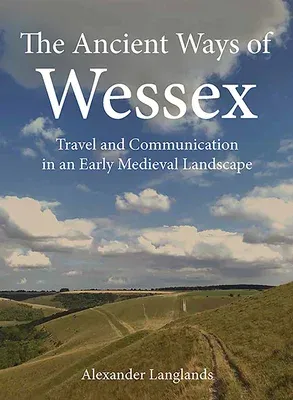The Ancient Ways of Wessex tells the story of Wessex's roads in the
early medieval period, at the point at which they first emerge in the
historical record. This is the age of the Anglo-Saxons and an era that
witnessed the rise of a kingdom that was taken to the very brink of
defeat by the Viking invasions of the ninth century. It is a period that
goes on to become one within which we can trace the beginnings of the
political entity we have come to know today as England. In a series of
ten detailed case studies the reader is invited to consider historical
and archaeological evidence, alongside topographic information and
ancient place-names, in the reconstruction of the networks of routeways
and communications that served the people and places of the Anglo-Saxon
kingdom of Wessex.
Whether you were a peasant, pilgrim, drover, trader, warrior, bishop,
king or queen, travel would have been fundamental to life in the early
middle ages and this book explores the physical means by which the
landscape was constituted to facilitate and improve the movement of
people, goods and ideas from the seventh through to the eleventh
centuries. What emerges is a dynamic web of interconnecting routeways
serving multiple functions and one, perhaps, even busier than that in
our own working countryside. A narrative of transition, one of both of
continuity and change, provides a fresh and alternative window into the
everyday workings of an early medieval landscape through the pathways
trodden over a millennium ago.

